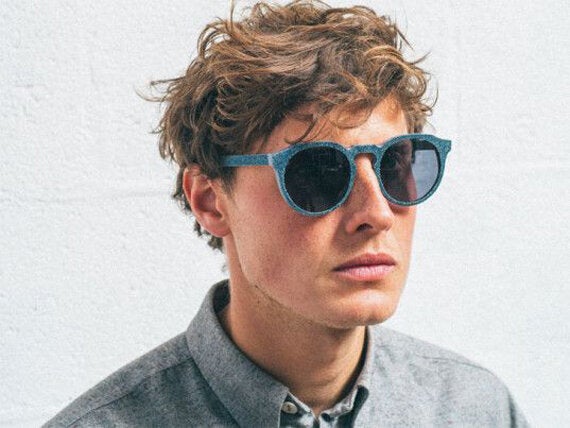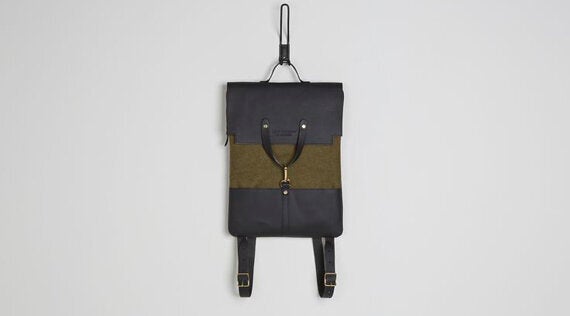For sustainable fashion advocates out there, the impressive reality of recycling in fashion today is not big news. However, to many (including myself until recently), the words recycling and fashion, especially in the context of aesthetics, present somewhat of a paradox. While the necessity to recycle and the urgency for change cannot be overlooked, when it comes to what we look like, these crucial ideals are often not enough to lure open the purse strings.
The union of soggy cardboard boxes or half rinsed milk bottles with the expectations and desires of the fashion forward seem an unnatural match. And the concepts of desirable fashion and discarded waste appear destined to be mutually exclusive. Or at least until now.
The concept of recycling in fashion is no new kid on the block, but its often bygone style and hint of piety can cause it to be unpopular. But now, a new wave of interest and innovation has it leaping and bounding up the style stakes. 'Waste isn't waste until we waste it', said Will.i.am recently, and while I'm not a devoted fan, if Will says it, it must be cool.
There are three ways to recycle in fashion. The first and perhaps the most familiar, is by customising clothing you already own and thereby giving it a new lease of life. The second is by using raw materials composed of recycled fibres and/or products to make something new. And the third, and perhaps most interesting, is by re-imagining waste that would otherwise be thrown away, to create an upcycled product.
Antonia Edwards of The Upcyclist says, 'To be able to create beauty and elegance from waste takes imagination, innovation and skill.' I know very well the limits of working exclusively with responsibly produced raw materials, and they can be considerable in terms of realising design ideas. To make the desirable out of the undesirable is certainly a valuable skill in this competitive industry.

Image courtesy of mosevic.com
British brand Mosevic is one such label working to embed the concept of recycling into their manufacturing process. The designers behind the brand began by sourcing countless pairs of second hand jeans from charity shops to develop a material they call 'Solid Denim' (layers of 100% cotton denim bonded together with resin resulting in a strong, tactile material suitable for eyewear). During this process it occurred to them that using these recycled materials could in fact be part of their business model. Mosevic are working towards finding a steady supply of waste denim and an eco resin in order to provide a 100% recycled and biodegradable product in the near future.

Image courtesy of lostpropertyoflondon.com
Lost property of London is another home-grown brand incorporating recycling into their classic and minimal accessories collections. Last autumn they used offcuts of wool from a Scottish mill and this winter it will be quality canvas from a theatrical supplier.
According to research at the Ethical Fashion Forum, about half of the textiles we throw away in the UK can be recycled. That's a lot of waste, and these two labels are demonstrating the crucial part brands have to play in the fight to dispel the negative connotations associated with recycled materials.
It's time for designers to look at waste as an ally, offering innovation and opportunity and for consumers to give their rubbish a second chance. Not only is this important for the wellbeing of our planet but these visionary brands show us how original and beautiful it can be too.
This post was originally featured on the study 34 blog
